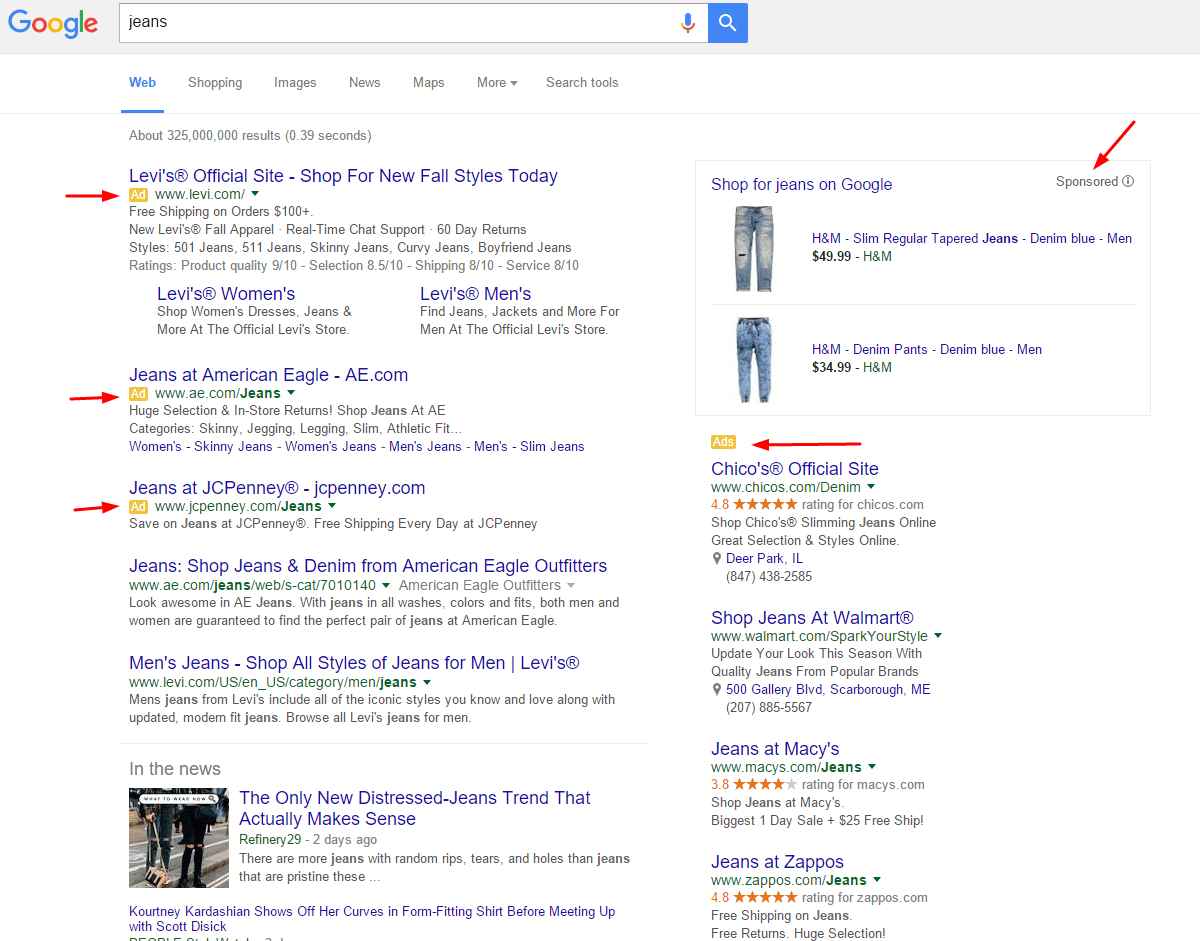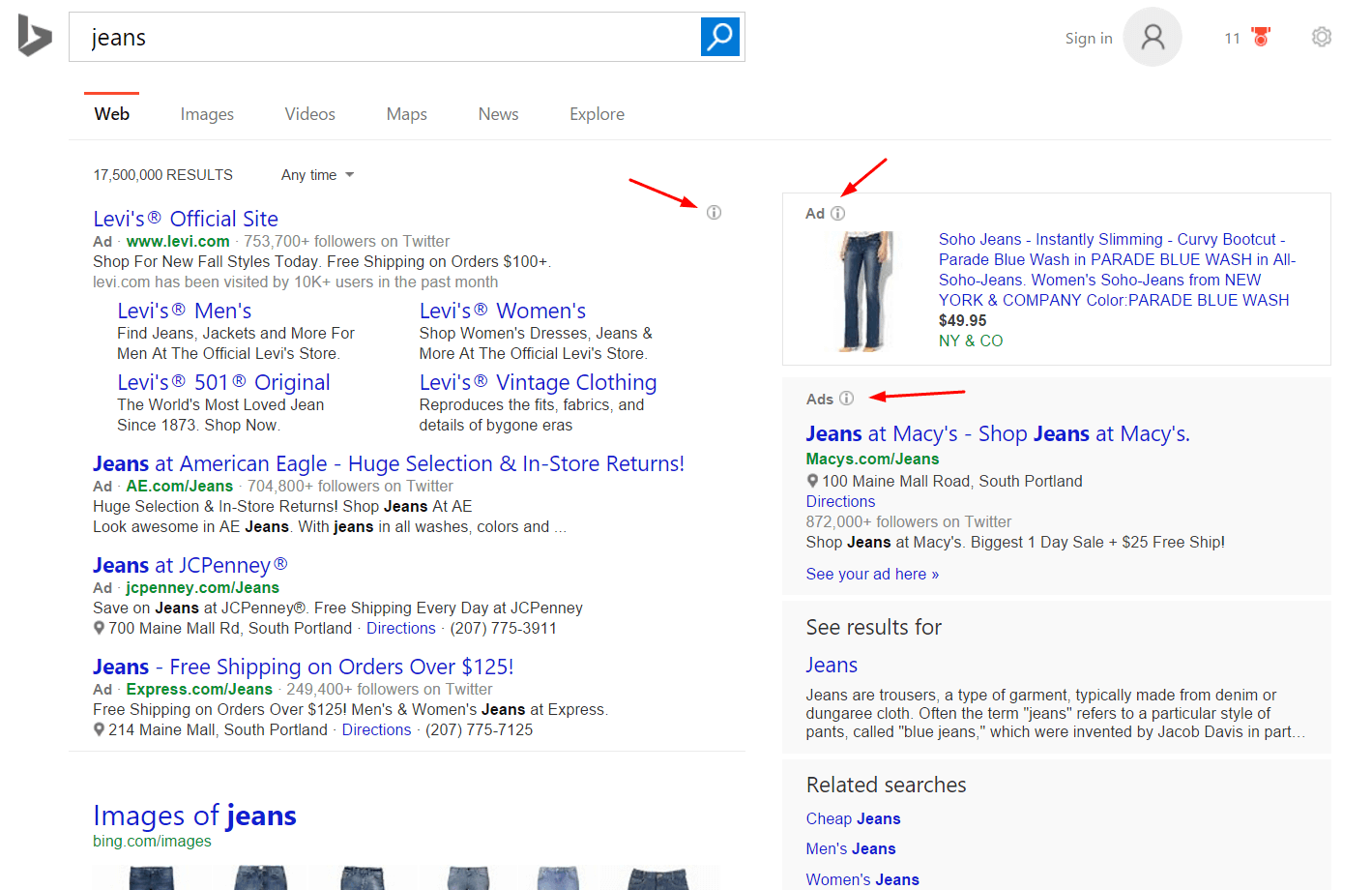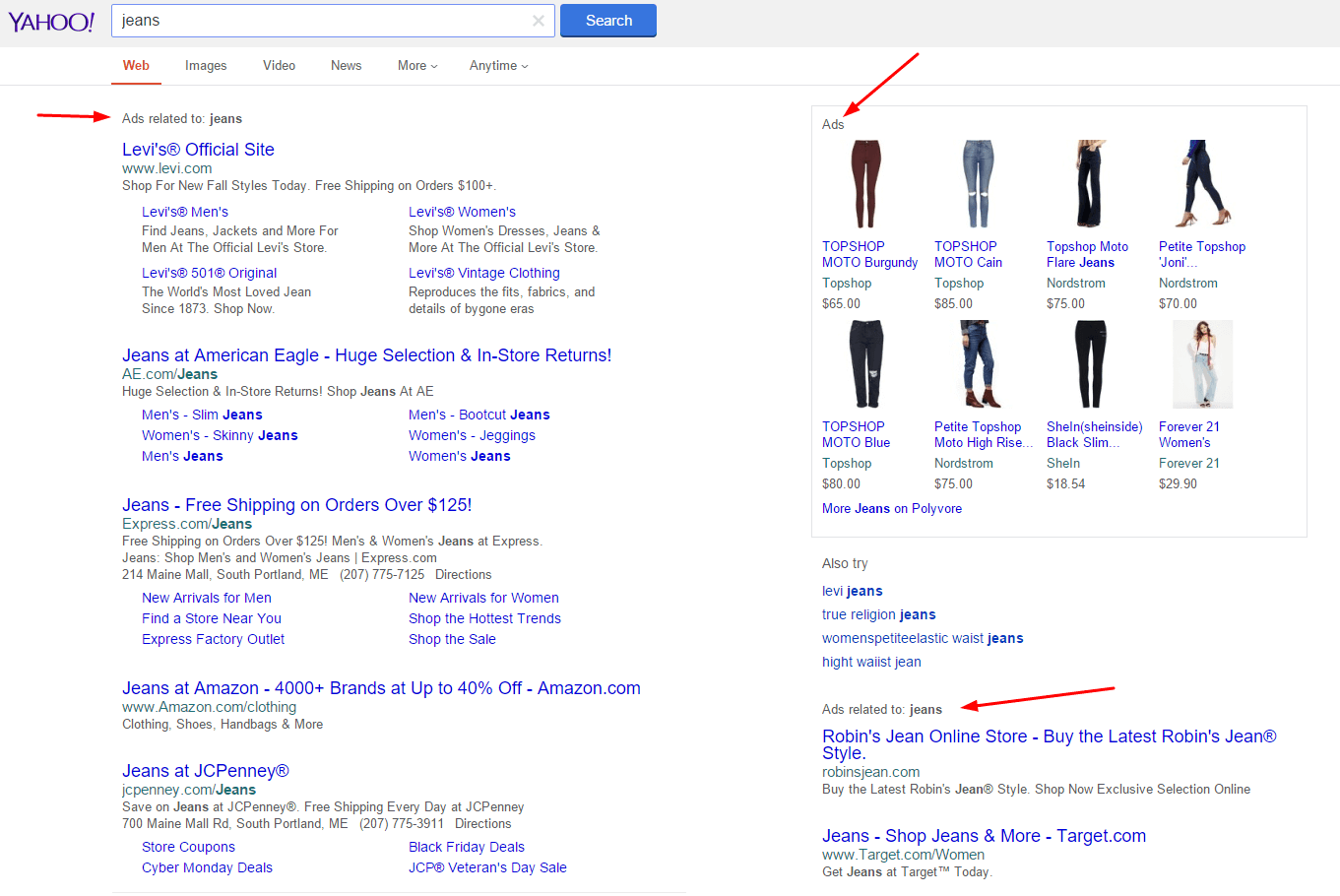After FTC Guidelines, Ad Demarcations In Search Engine Results Have Become More Muted
A new survey of how the search engines treat ads from organic listings.
A couple of years ago, I wrote about “the great fade-out,” the fact that the background shading behind ads in search engine results seemed to be literally fading away. Fast forward a couple of years, and with one exception, all shading is gone completely across the major search engines on both desktop and mobile search results. Revisit the screenshots from that earlier story now, and what’s striking is how much the shading stands out compared to today’s treatment of ads in search results.
In June 2013, the Federal Trade Commission (FTC) called out the search engines for “decline in compliance” in clearly differentiating ads from organic listings. It issued an update to its guidelines for search engines and called for clearer design treatment for ads suggesting:
(1) More prominent shading that works across monitor and device types, or
(2) A prominent border, or
(3) Both
Here’s where things stand today:
Desktop Ad Disclosures
Google rolled out its yellow “Ad” icon in place of background shading in the fall of 2013, after the new FTC guidelines came out. Today, the yellow icon is shown next to the display URL in top-of-page ads and at the top of the column of text ads on the right-hand side of the SERP.
Product listing ads (PLAs) from Google Shopping campaigns are labeled with a “Sponsored” label in the upper right corner — opposite the “Shop for” header and images. PLA blocks are outlined with a thin light gray border.
Clicking on the information icon in the PLA block brings up this message: “Based on your search query, we think you are trying to find a product. Clicking in this box will show you results from providers who can fulfill your request. Google may be compensated by some of these providers.”
There are no borders separating text ads from the organic listings.
On Bing, rather than bright yellow, Bing uses a bolded, but light gray font for its “Ad” label. It appears next to the display URL for each of the top-of-page ads and in the upper-left corner of both the product ads and text ad blocks in the right column.
Clicking on the small “i” label used in all three blocks of ads goes to Microsoft’s “About our ads” page (https://choice.microsoft.com/en-US/opt-out), where you can turn personalization on and off.
Bing uses a light border at the bottom of the top-page block of ads and around the product ads box. Bing does still use shading on text ads in the right column. The trouble is, the other non-advertising blocks in that column are also shaded.
Yahoo does not have an “i” icon, but it turns out the “Ads” labels at the top of each ad block all link to an information page about ads in Yahoo in search results. The only way to know these are links is to hover over the labels.
Like Bing, Yahoo uses a thin border at the bottom of the main block of text ads. Unlike Bing and Google, Yahoo does not label these ads individually. In the screenshot below, the ads took up all of the real estate above the fold.
Mobile
In mobile search results, Google uses the yellow “Ad” icon next to individual ads and the “i” label in the upper right corner. Ads are also delineated from organic listings in their own card-style treatment.
Bing actually does use shading in mobile results. Here a light green background is used. A light gray “Ads related to” label appears above the first ad.
Yahoo’s mobile ad disclosures are nearly invisible. A very light gray “Ad” icon appears to the right of the display URL. Each ad is separated by a line.
What Happened? And Where Is The FTC?
Remember the guideline: More prominent shading that works across monitor and device types, or a prominent border, or both.
How did we go from the FTC calling out the major search engines for a “decline in compliance” and issuing new guidelines to today, with the engines doing even less to demarcate ads from organic content? Almost universally, these guidelines are being met with the bare minimum fixes or being flouted completely by the search engines.
Ad disclosure issues aren’t just limited to search engines, of course. In-feed native ads are among the fastest-growing ad formats, and there is no standard for disclosures. Every social platform, publisher and ad network can choose how discreetly it treats disclosures in native ads.
In October 2014, the Wall Street Journal tried to raise this issue, as well, essentially challenging the FTC to do something. Nothing changed, however. We are asking the FTC for a fresh comment in light of this latest survey and will update when we hear back.
Opinions expressed in this article are those of the guest author and not necessarily Search Engine Land. Staff authors are listed here.
Related stories
New on Search Engine Land






